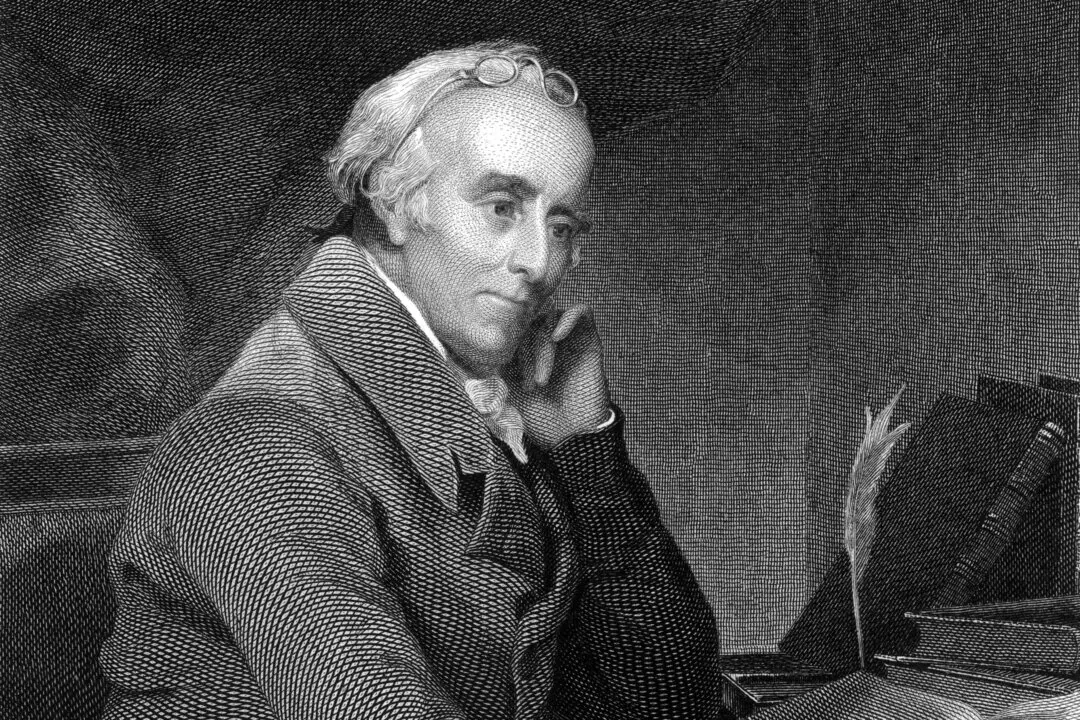When we think of contemporary heroes, figures we admire for their courage when confronted by physical danger or who defend goodness and justice at great personal sacrifice, we may remember such people as the first responders who charged into the Twin Towers on 9/11 to rescue those trapped inside. Perhaps we’ve read of the exploits of the soldiers who performed bravely on the battlefields of the Middle East over the last 30 years and who often saved the lives of their comrades. Or maybe that woman who stuck by the truth she posted on Facebook despite all the hatred and calumny thrown at her comes to mind.
We may have witnessed heroism in our own community: the cop who drags a man from a burning vehicle, the mom who stands up alone before the school board to voice an unpopular opinion, or the teenager who defends his younger brother from a mob of bullies.






